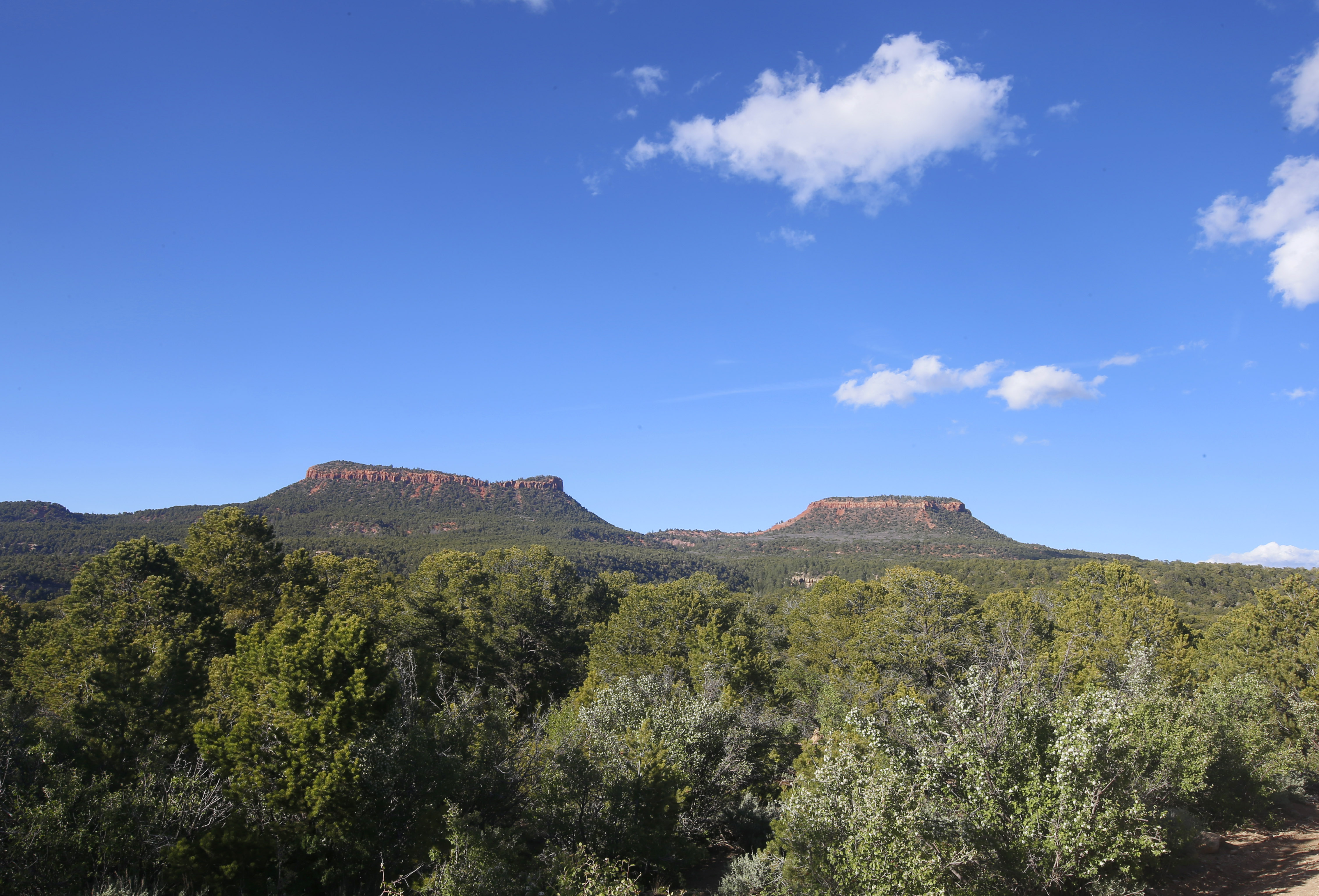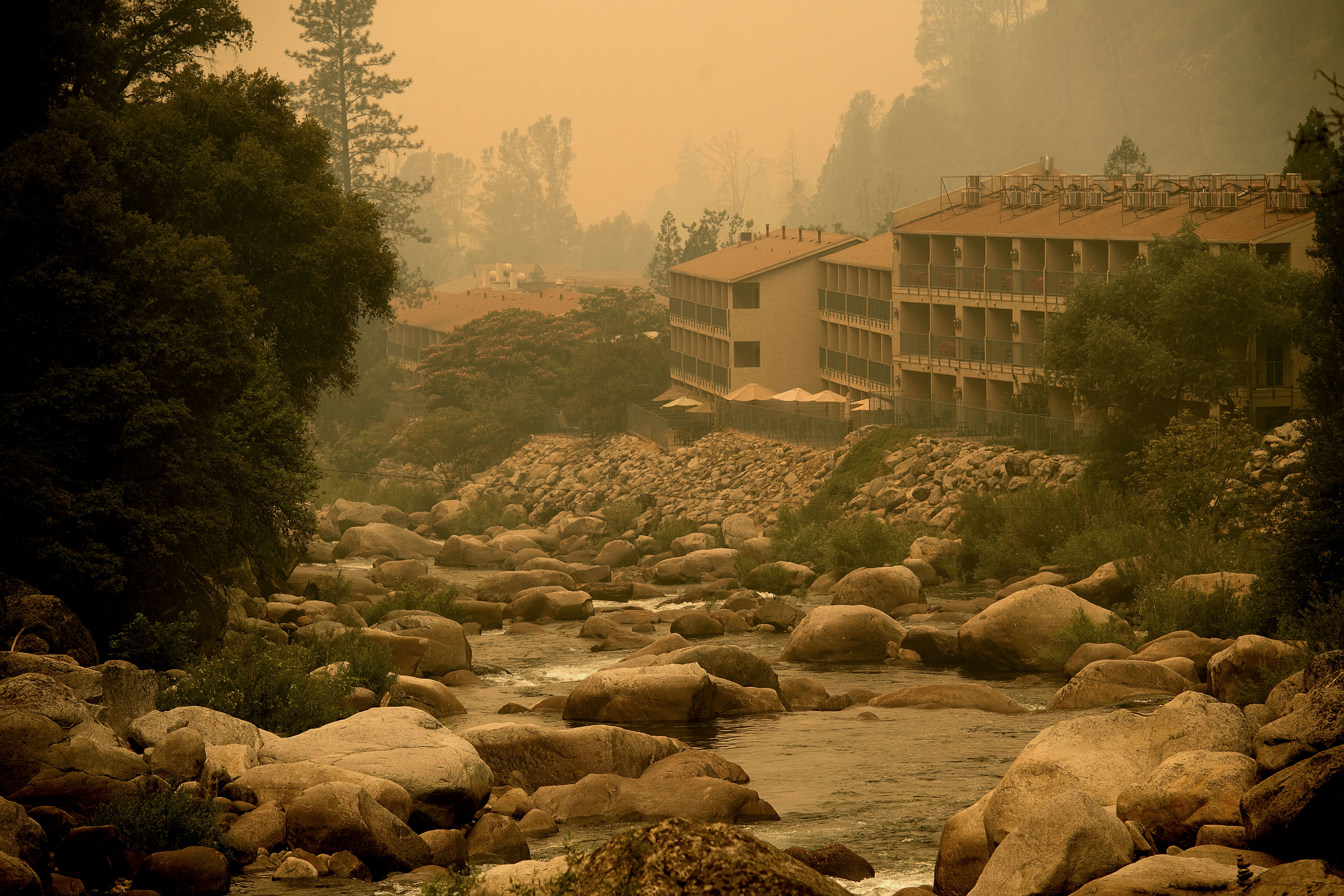Since 1994, the fourth Saturday of every September has marked the United States holiday National Public Lands Day. A day intended to inspire appreciation for our collectively shared land, National Public Lands Day is also a reminder of our collective responsibility to these landscapes, and what taking care of America’s public lands looks like in 2018.
In honor of National Public Lands Day, here is a collection of Pacific Standard stories that cover the political and environmental landscape affecting the public lands of the U.S.
Public Lands in Populist Times: An Interview With Representative Raúl Grijalva
Often, the privatization of public lands is seen as a threat to physical space, the tangible loss of a forest or other wildlife habitat. However, in our interview with Arizona House Representative Raúl Grijalva, he explains the symbolic importance of protecting public lands, and the devastating blow democracy takes when we fail to do so. “In terms of our democracy, the public lands are one of the greatest examples of what is egalitarian about this country,” Grijalva says. “[The public lands are] something shared by everybody. They are not controlled by a few. So [the attack on them] is about ratcheting up this idea that if you are rich and powerful in this country you have privileges that nobody else has.”

(Photo: George Frey/Getty Images)
What Native Americans Stand to Lose If Trump Opens Up Public Lands for Business
At the end of his final term as president, Barack Obama decreed that over a million acres of southeastern Utah would be known as Bears Ears National Monument, protecting the natural landscape from looting, off-trail ATV use, and mining and gas exploration. One year later, Trump shrank the size of the national monument to 15 percent of its original size. In our article on the current Native American fight for public land access, staff writer Kate Wheeling elaborates on how the diminishment of Bear Ears endangers the culture of the Hopi, Ute Mountain Ute, Ute Indian, Zuni, and Navajo Nation tribes of Utah.
Trump’s Pardoning of Two Oregon Ranchers Is a Victory for the Bundys—and an Ominous Loss for Public-Lands Advocates
Angered by the fenced border separation between Malheur National Wildlife Refuge and their estate in Oregon and other legal technicalities, ranchers Dwight and Steven Hammond wrote threatening letters to the refuge’s workers and eventually burned substantial areas of the federal land. After being convicted of arson and going in and out of prison for six years, the father and son ranchers were pardoned by President Donald Trump this past July. Trump’s act of clemency eerily mirrored the 2016 acquittal of the Bundys, ranchers who occupied Malheur National Wildlife Refuge and threatened violence.
Though the Hammonds’ pardons may seem unrelated to Trump’s determination to privatize public lands, domestic extremism experts worry that the president’s gesture subtly endorses criminal acts, putting national refuges and other public lands in jeopardy.

(Photo: Noah Berger/AFP/Getty Images)
Air Pollution Is Killing the Views in National Parks
Although many envision national parks as the epitome of “the great outdoors,” research suggests that these areas are not immune to the problems faced by urban communities. Rather, a report from the National Parks Conservation Association reveals that air pollution can diminish or obscure landscape views in national parks, with haze from poor air quality reducing views by an average of 50 miles.
A Conversation About the Conservation and the Future of Public Lands
What’s stopping the Trump administration from pouring more financial support into public lands? According to Pacific Standard contributing writer and former wilderness trail technician Jimmy Tobias, it’s an unwarranted “austerity mentality” spurred on by conservative politicians in the nation’s capital: “This idea that our country, the wealthiest country on Earth, no longer has the wherewithal to fund and care for these lands—the impact of that mentality is being felt everywhere.” On our podcast, Tobias discusses right-wingers’ attitude toward public lands funding and how it shapes the fate of over 600 million acres of American land.





